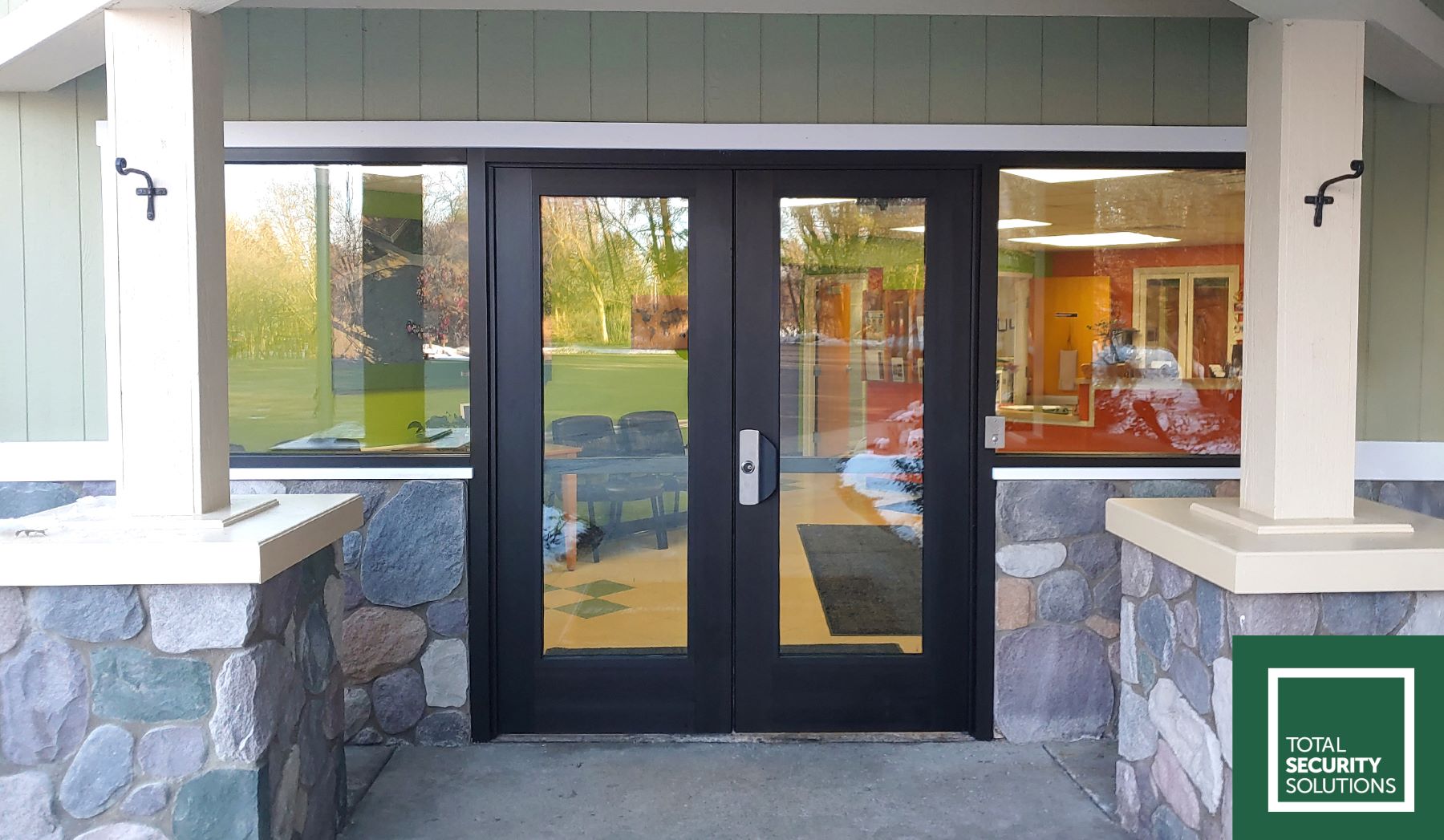Dual Protection: The New Standard for Bullet and Forced-Entry Resistant Fenestration Systems

 The UL 752 Standard for Bullet-Resisting Equipment has long been the benchmark for bullet-resistant glazing in schools, workplaces, and other buildings.
The UL 752 Standard for Bullet-Resisting Equipment has long been the benchmark for bullet-resistant glazing in schools, workplaces, and other buildings.
However, the Nashville elementary school shooting—where an intruder gained access by breaking through a window—underscored a critical truth: ballistic protection alone isn’t enough.
Forced-entry resistance needs to be part of the equation.
What Are the Standards for Forced Entry Protection?
There are many standards that can be used to evaluate a product’s resistance to forced-entry attack. In commercial construction projects, here are the three that I see most frequently.
ASTM F1233-21
ASTM F1233 is a comprehensive test method for security glazing systems. It combines ballistic resistance evaluation with forced-entry performance testing, while also exposing samples to blunt and sharp tool impacts, thermal stress, and chemical deterioration.
The test sequence consists of 41 defined steps, each involving a set number of impacts or a duration of effort. Examples include 25 sledgehammer blows and five minutes of direct propane torch exposure. There is no overall time limit—testing continues until failure.
ASTM F3038-21
The primary focus of ASTM F3038-21 is to evaluate the timed resistance of building components or systems to a forced entry attack.
ASTM F3038 defines four standard test durations with the option for a user-specified time if different conditions are required. The test durations are 5, 15, 30, or 60 minutes of resistance prior to failure.
This rigorous standard simulates a coordinated assault by a six-person team using common hand tools such as sledgehammers, crowbars, and rams.
ASTM F3561-22
ASTM F3561 was developed specifically to replicate active shooter scenarios by testing a fenestration system’s forced-entry resistance following a simulated ballistic assault. This is crucial for buildings like schools, where a delay in entry provides occupants time to shelter or escape.
Products are rated from Level 1 to Level 8 for forced-entry resistance. The rating is based on the number of 400 foot pound-force horizontal impacts a product can withstand after an initial ballistic attack consisting of ten shots. A higher level indicates greater resistance resulting in a longer delay to entry.
It is critical to note that ASTM F3561 is a systems test. Glazing and framing must be tested together. It cannot be applied to glazing-only products. AEC professionals should be cautious of glazing-only or film solutions that claim compliance with ASTM F3561, since the standard applies only to complete glazing-and-framing systems.
Comparing Forced-Entry Standards
Together, these three ASTM standards highlight the range of approaches to evaluating forced-entry resistance—from the exhaustive, multi-threat sequences of F1233, to the timed endurance focus of F3038, to the active-shooter focus of F3561. For design professionals, the key is understanding which test best aligns with the threat profile of a given project.
Why The Right Material Matters
With different standards addressing different threat scenarios, the most effective approach is often not choosing one test over another, but ensuring that glazing and framing systems are proven under both ballistic and forced-entry conditions. Dual-protection products provide documented assurance of performance, helping architects, specifiers, and building owners match real-world risks with reliable solutions.
As specifications evolve, dual protection is steadily emerging as the baseline expectation in secure fenestration. Understanding how ASTM F1233, F3038, and F3561 complement each other allows design professionals to make informed decisions that enhance safety, reduce liability, and align with emerging best practices.
Learn more
If you’re considering your options for bulletproof glass, contact us to discuss how we can help you provide the right level of protection and ensure a seamless installation.


